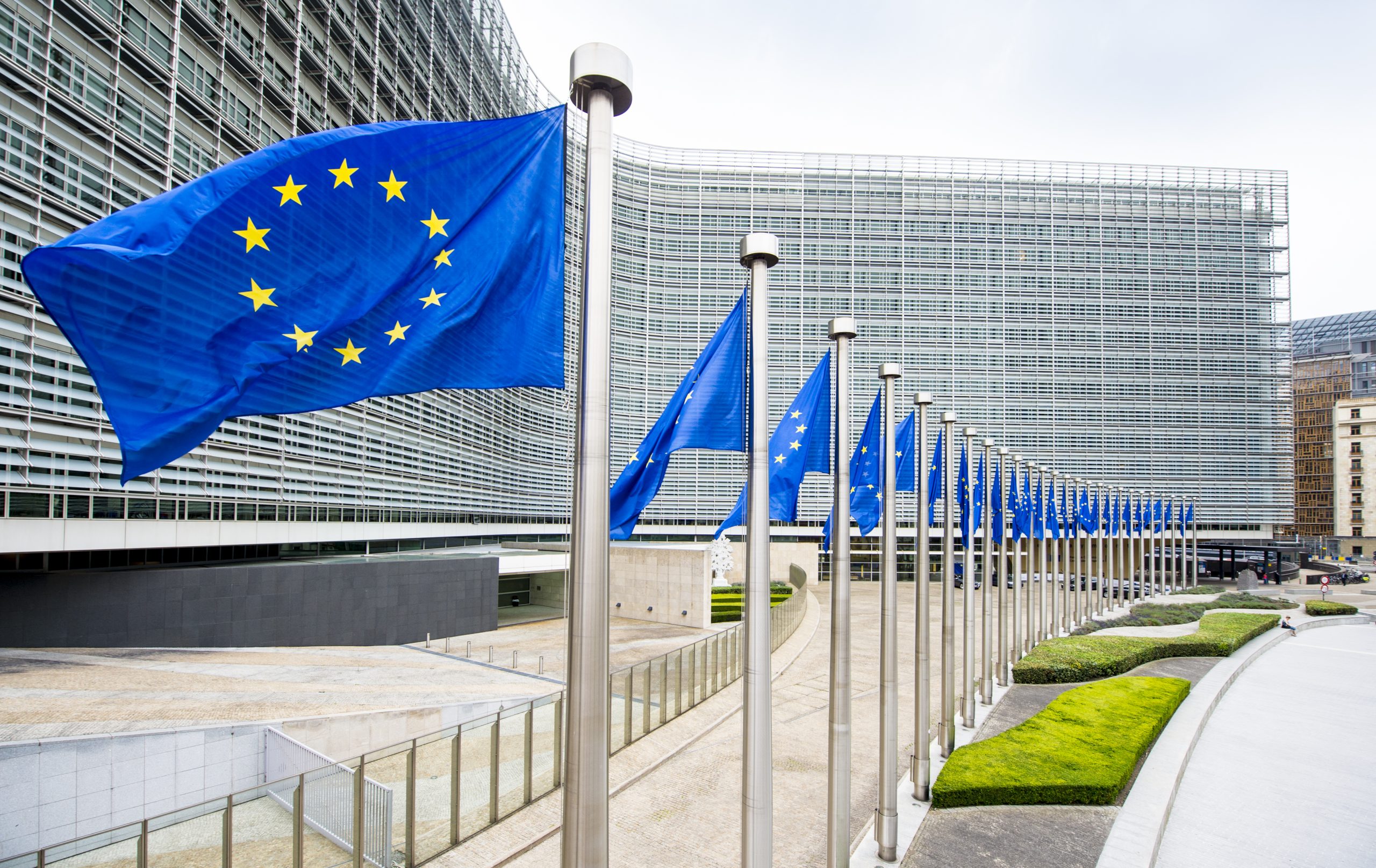EU Cohesion Policy: Commission adopts €2.2 billion Partnership Agreement with Sweden for 2021-2027
 @European Union, 2018
@European Union, 2018Today, the Commission adopted its Partnership Agreement with Sweden, laying down Sweden’s €2.2 billion investment strategy for the economic, social and territorial cohesion for the 2021-2027 period. It will support the country to implement key EU priorities such as the green and digital transition and contribute to the development of a new competitive, innovative and export-oriented growth model.
A smarter, digital and connected economy
€214 million from the European Regional and Development Fund (ERDF) will help promote the circular economy in enterprises leading to reduced waste and improved resource efficiency. The funding will also promote energy efficiency and renewable energy, as well as an increased use of recycled materials.
Moreover, €573 million of the ERDF will support a more competitive and smarter Sweden, improving digitalisation, research and innovation and access to broadband with high transmission capacity.
Finally, up to €47 million will be invested in sustainable transport solutions in the two most sparsely populated regions to increase productivity, competitiveness and meet the areas’ needs. Another €27 million will support broadband connectivity in the same regions.
For a socially inclusive labour market
With a total of €706 million from the European Social Fund Plus (ESF+), Sweden will promote a more social and inclusive society thanks to investments in lifelong learning and upskilling. In particular, several measures will support children and adults at risk of poverty or social exclusion. In the northern sparsely populated areas funding will focus to strengthen the capacity of local and regional labour market institutions and employment services.
A fair green transition for Swedish regions
€155 million from the Just Transition Fund (JTF) will help Sweden’s transition into a greener and more competitive industry while maintaining employment and upskilling workers in the value chains in these areas. In particular, the steel industry (Norrbotten), the mineral industry (Gotland) and the metal industry (Västerbotten) produce a significant part of the greenhouse gases in Sweden and thus have a great potential for reducing emissions.
Investments in the fisheries and aquaculture sectors will also contribute to the green transition in Sweden. €115 million from the European Maritime Fisheries and Aquaculture Fund (EMFAF) will support long-term sustainable development of the fisheries, aquaculture and fish processing sectors through innovation, investments and creation of marine protected areas. In line with the objectives of the Common Fisheries Policy, 50% of the EMFAF will aiming to ensure the implementation of good fisheries management.
Members of the College said:
Commissioner for Cohesion and Reforms, Elisa Ferreira, said: “With the adoption of the Swedish Partnership Agreement for 2021-2027, Sweden has a further boost to move forward with its ambitious plans to become the first EU member state reaching climate neutrality and become more connected and more inclusive. In line with the objectives of the Cohesion Policy, a particular attention will be given to the sparsely populated regions of the Northern part of the country, making sure nobody is left behind.”
Commissioner for Jobs and Social Rights, Nicolas Schmit, added: “To meet the demands of the green and digital transition, Member States should invest heavily in skills and lifelong learning. Sweden plans to dedicate more than €175 million for different skills measures in all stages of life, from help to school-age children with homework to upskilling measures to help people find and advance in their careers.”
Commissioner for Environment, Oceans and Fisheries, Virginijus Sinkevičius, said: “Europe’s blue economy plays a crucial role in decarbonising our economy. This Partnership Agreement will allow Sweden to build a resilient, sustainable and low-carbon fisheries and aquaculture sector and to manage its aquatic environment and resources sustainably.”
Background
The Partnership Agreement with Sweden paves the way for cohesion-specific operational programmes to be implemented on the ground. It covers 4 national programmes (ERDF, ESF+, JTF, EMFAF) and 8 regional programmes. Moreover, it establishes the eligibility and implementation of the JTF in the regions with the most carbon-intensive industrial facilities to help them face the challenges of the transition to climate neutrality.
The Partnership Agreement also reflects Sweden’s strong commitment to the coordinated use of the Cohesion Policy funds with the Recovery and Resilience Facility.
Under Cohesion Policy, and in cooperation with the Commission, each Member State prepares a Partnership Agreement, a strategic document for programming investments from the Cohesion Policy funds and the EMFAF during the Multiannual Financial Framework. Focussed on EU priorities, it lays down the strategy and investment priorities identified by the Member State and presents a list of national and regional programmes for implementation on the ground, including the indicative annual financial allocation for each programme. The adoption of the Partnership Agreement with Sweden follows those of Greece, Germany, Lithuania, Austria, Finland, Czechia, Denmark and France.
More information
2021-2027 long-term EU budget & NextGenerationEU
Questions and Answers on the EU Cohesion Policy legislative package 2021-2027
Breakdown of Cohesion Policy allocations per Member State
